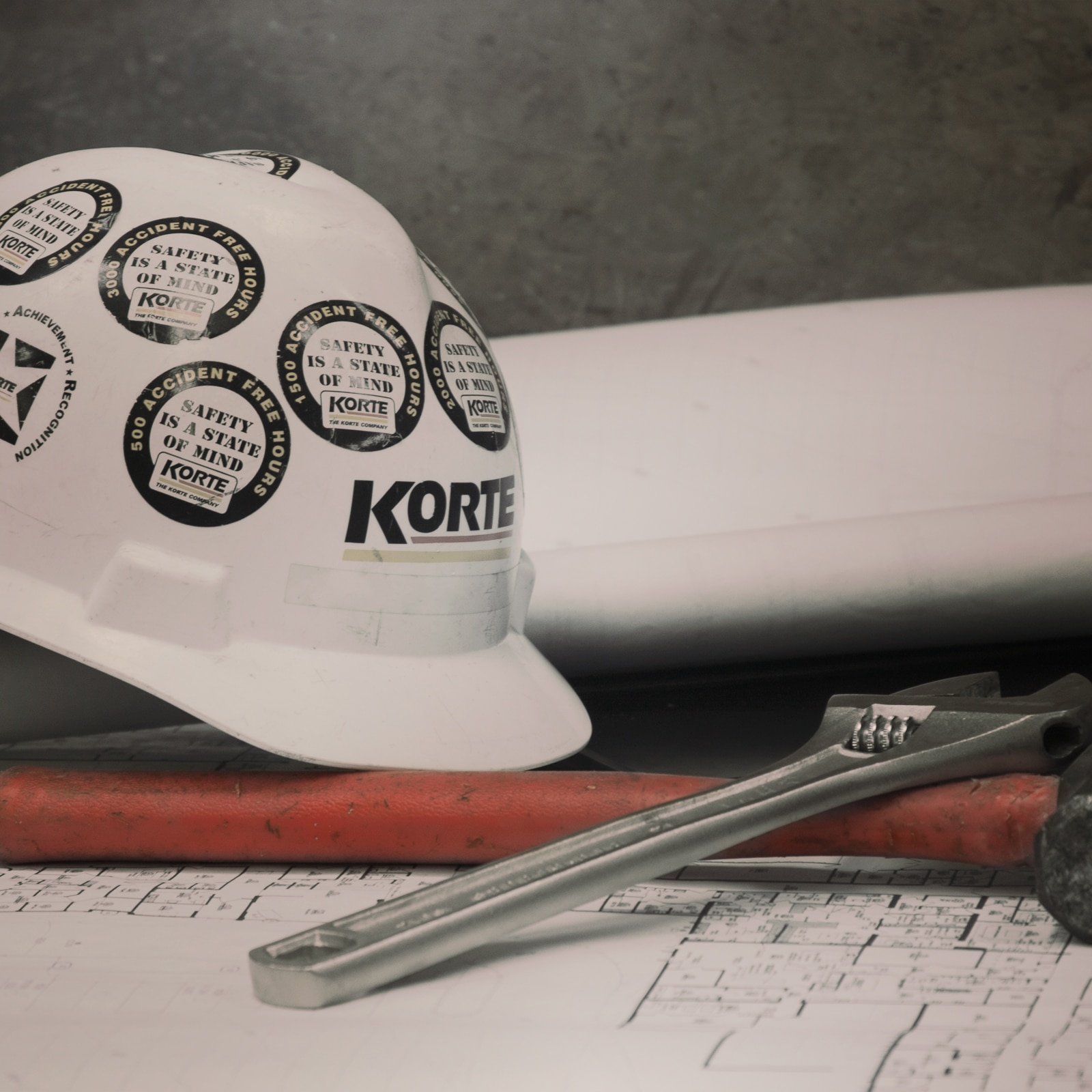The Challenge of the High Performance Research Laboratory
While state-of-the-art facilities are designed to support the continuous commitment toward advancing research and education, they also have a high operation cost and heavy carbon footprint. Therefore, to reinforce their mission of ensuring a healthier future, high performance research laboratories need not only to improve its occupant conditions but also produce less waste. Here are some issues to consider in order to achieve this goal.
Use of Sustainable Materials
By using energy conscious materials, such as low-e glazing, a research laboratory meets its sustainability goals and blends in with the adjacent natural surroundings. The interior design of a research laboratory needs to focus on promoting collaboration and wellness through the use of sustainable materials that are warm, inviting, and reminiscent of the earth, landscape, and sky. These building materials free the environment of toxins and emissions, ensuring the comfort and well being of the researchers and staff. A green building design substantially reduces environmental impacts and has substantial construction and operational benefits.
Waste Reduction Planning and Use of Indigenous Materials
In addition to using sustainable materials, a research center should divert a considerable amount of its construction and demolition wastes through salvaging and recycling. A laboratory needs to think ahead by implanting a successful waste management plan that limits jobsite debris, as well as continues its commitment through the implementation of a building-wide recycling program for its users. Also, as a contributing member of its community, a research laboratory should strive to support the local economy whenever possible by incorporating the use of locally harvested materials into its design. Supporting the use of indigenous resources and reducing the environmental impacts resulting from transportation is a vital goal for any highly dependent oil economy such as the United States.
Efficient HVAC and Water Systems
High performance research laboratories have high demand of energy for preserving optimal heating, ventilation and air conditioning (HVAC). These laboratories should explore using alternative HVAC systems that utilize water as a preferred medium to cool the building, rather than air. The greatest advantage of a water-based HVAC system is that it requires much less energy to provide the same heating and cooling effects of a traditional air HVAC system. Research laboratories also need to make a commitment to reduce water consumption through the use of ultra high efficiency plumbing fixtures and water saving devices.
Conclusion
By using sustainable and indigenous materials, implementing a waste reduction plan, and making use of the latest technologies in HVAC and water systems, high performance research laboratories will take a proactive role in creating a building that not only that improves its occupant conditions but also that has a smaller carbon footprint.
